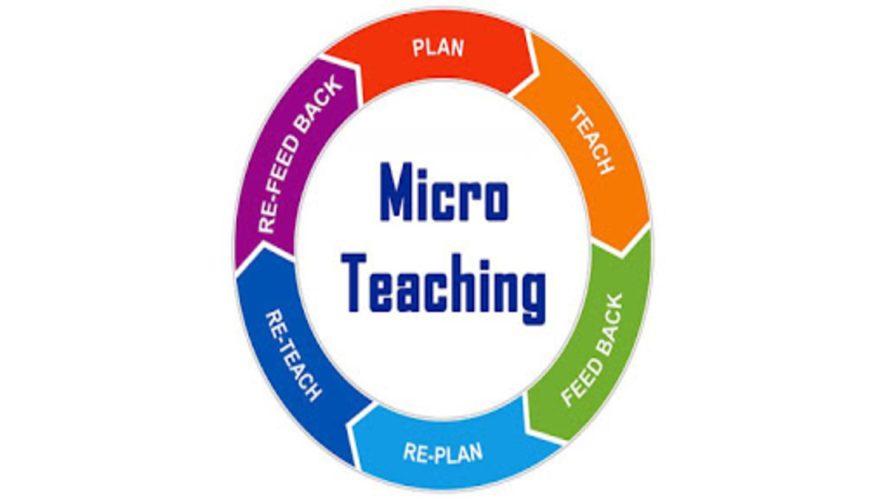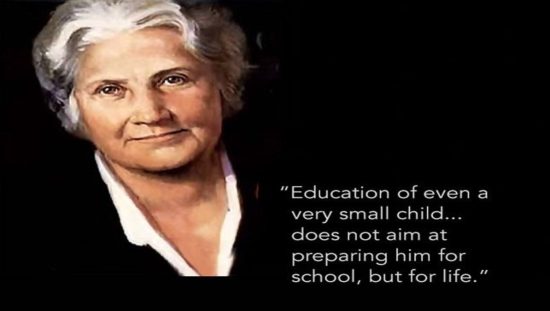Micro Teaching
Micro teaching is a procedure in which a student teacher practices teaching with a reduced number of pupils in a reduced period of time with emphasis on a specific core teaching skill.
Steps of Micro Teaching Cycle
The six steps generally involved in micro-teaching cycle are Plan, Teach, Feedback, Re-plan, Re-teach, and Re-feedback. There can be variations as per requirement of the objective of practice session. These steps are represented in the following way:
1. Plan:
This involves the selection of the topic and related content of such a nature in which the use of components of the core teaching skill under practice may be made easily and conveniently. The topic is analyzed into different activities of the teacher and the pupils. The activities are planned in such a logical sequence where maximum application of the components of a skill is possible.
2. Teach: (6 Minutes).
This involves the attempts of the teacher trainee to use the components of the teaching skill in suitable situations coming up in the process of teaching-learning as per his/her planning of activities. If the situation is different and not as visualized in the planning of the activities, the teacher should modify his/her behavior as per the demand of the situation in the class. He should have the courage and confidence to handle the situation arising in the class effectively.
3. Feedback: (6 Minutes).
This term refers to giving information to the teacher trainee about his performance. The information includes the points of strength as well as weakness relating to his/her performance. This helps the teacher trainee to improve upon his/her performance in the desired direction.
4. Re-plan: (12 Minutes).
The teacher trainee re-plans his lesson incorporating the points of strength and removing the points not skillfully handled during teaching in the previous attempt either on the same topic or on another topic suiting to the teacher trainee for improvement.
5. Re-teach: (6 Minutes).
This involves teaching to the same group of pupils if the topic is changed, or to a different group of pupils if the topic is the same. This is done to remove boredom or monotony of the pupils. The teacher trainee teaches the class with renewed courage and confidence to perform better than the previous attempt.
6. Re-feedback: (6 Minutes).
This is the most important component of Micro-teaching for behavior modification of teacher trainee in the desired direction in each and every teaching skill practice.
Phases of Micro-Teaching
There are three phases of the Micro-teaching procedure which you have studied in the previous section of this Unit. They are:
- Knowledge Acquisition Phase.
- Skill Acquisition Phase.
- Transfer Phase of Micro-teaching.
1. Knowledge Acquisition Phase (Pre-Active Phase)
It includes the activities such as;
- Provide knowledge about teaching skills.
- Observe the demonstration of teaching skill.
- Analyze and discuss the demonstration of the teaching skill.
2. Skill Acquisition Phase (Inter-active Phase)
It includes the activities such as;
- Planning and preparation of micro lesson for a core teaching skill.
- Practicing the skill.
- Evaluation of the practiced skill (Feedback).
- Re-plan, Re-teach and re-feedback till the desired level of skill is achieved.
3. Transfer Phase (Post –Active Phase)
It includes the activities such as;
- Giving opportunity to use the mastered skill in normal class room teaching.
- Integrate the different micro teaching skills practiced
OTHER RELATED POSTS



